UNDER THE SURFACE | Maison Guigal
So reputed is the name Guigal that it is easy to imagine the roots of this Rhône Valley bastion stretching back across 10 or 12 generations. In reality, E. Guigal was established in 1946, and today, Philippe Guigal is just the third generation to run the family business. In London to present the ‘superb’ 2019 vintage to the trade, we sat down with him over a glass of La Landonne.
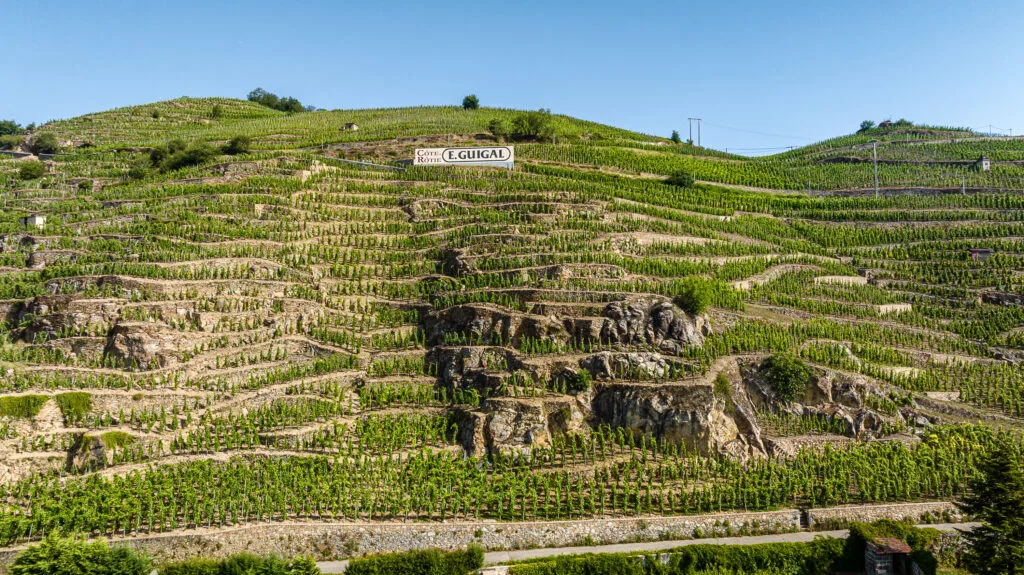
In 1975, Etienne and Marcel Guigal planted the La Londonne vineyard, to mark the birth of Marcel’s son Philippe. It was a smart move, says Philippe – not just because of the quality of the steeply sloped site, but because it anchored him in the family business. ‘I’ve always thought of it as my vineyard,’ he says.
So smart, indeed, that Philippe borrowed the idea. In 2010 he acquired an old, derelict vineyard to celebrate the birth of his twin sons, Charles and Etienne. La Reynarde will become, in 2026, the fourth of Guigal’s famed ‘La La’ Côte Rôtie cuvées. The 100% Syrah bottling is currently midway through its 40-month barrel ageing before release in two years’ time, when it will join fellow single-vineyard wines La Mouline, La Turque and La Landonne.
‘It’s much more difficult to make 5 million bottles of consistent Côtes du Rhône every year than it is to make 5,000 bottles of La Mouline’
Philippe Guigal
La Reynarde vineyard, just 300m from La Turque, had been abandoned after phylloxera in the 19th century, and lain fallow ever since. It required a great deal of work on the terraces and walls before planting could commence (Guigal employs a team of 18 people to maintain the Roman walls of its most famous sites) and the project has been a slow process, with a quarter of the vineyard planted each year from 2015-2018. A corresponding portion was then vinified annually – 25% in 2019; 50% in 2020; 75% in 2021; and now 100% in the debut 2022 vintage, before the standard prolonged elevage. ‘The wines are still made in the same way today as they were in 1966, with 40 months’ ageing,’ says Philippe (pictured below with his father Marcel), who says the wine marries ‘the structure of La Turque’ with ‘the freshness of La Landonne’.
When the 5,000 bottles from the one-hectare La Mouline were first released back in the 1960s, Côte Rôtie was at a low ebb. ‘Everyone said it was finished,’ Marcel Guigal was recently quoted as saying. By showing the quality that the appellation could yield, and then persuading the authorities to allow its expansion at a faster rate than generally allowed, Guigal turned its reputation around.
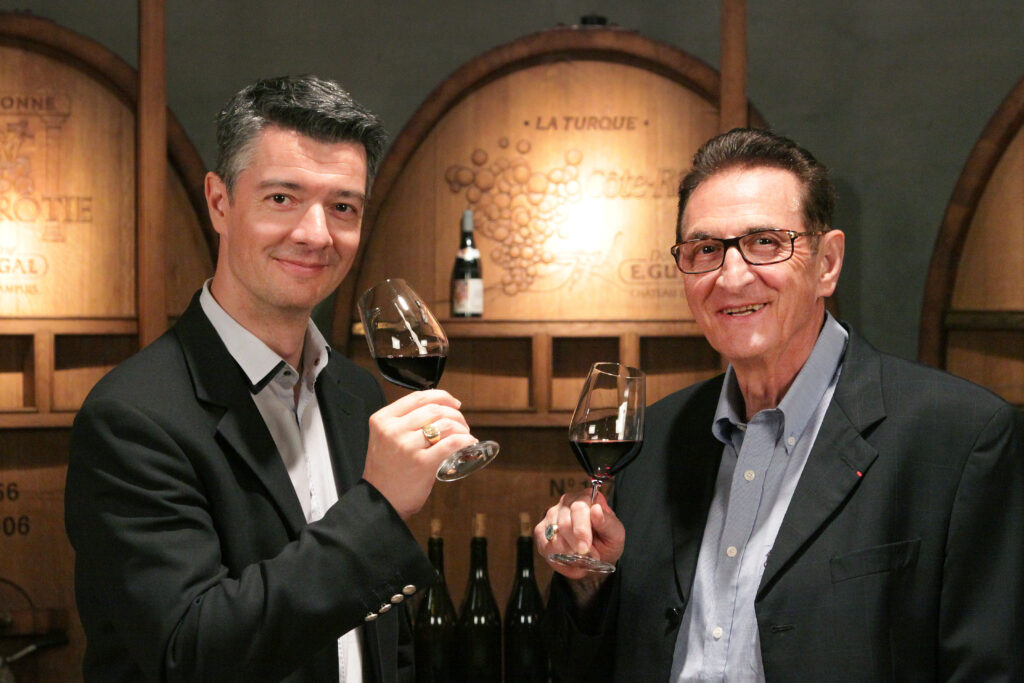

Such steely-eyed commitment comes with the terroir for the Guigal family. Etienne Guigal was 14 when he arrived in the Rhône in 1924 and began work as a farm labourer picking apricots. He never attended a single day of school, and, says Philippe, ‘had a very hard life’. Fortunately, he found grapes more interesting than apricots, and after starting out in the vineyard, effectively on a zero-hours contract, his work was sufficiently impressive to enable a move to the cellar at Vidal-Fleury (pictured below, with Etienne to the left of Joseph Vidal-Fleury), where he eventually rose to cellar master and saved enough money to start his own business, aged 36. Sixty years after his arrival in the Rhône, his company would buy Vidal-Fleury.
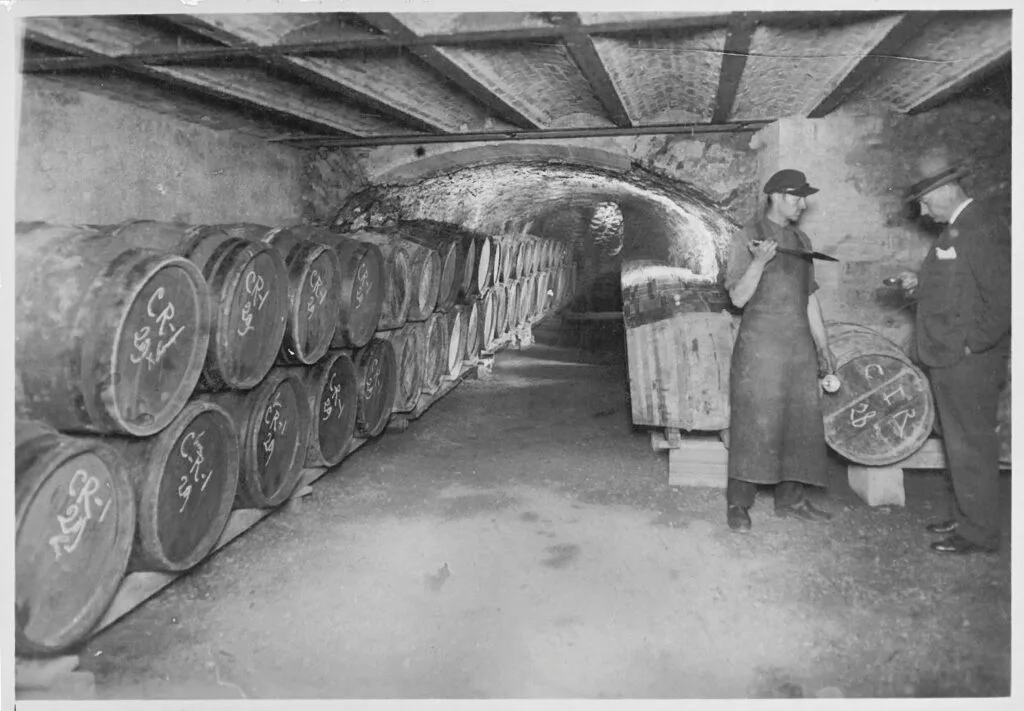

By then, Etienne’s son and Philippe’s father, Marcel, had taken over the family domaine, assuming the helm at just 17 due to the onset of Etienne’s blindness (now 80, Marcel is still at his desk at 5am each morning). Etienne saw 67 vintages in his career, while Marcel is currently on 64 and counting (the pair are pictured below). ‘It is sheer hard work that has taken them to where they are today,’ says Euan Mackay, managing director of its UK importer, Fells.
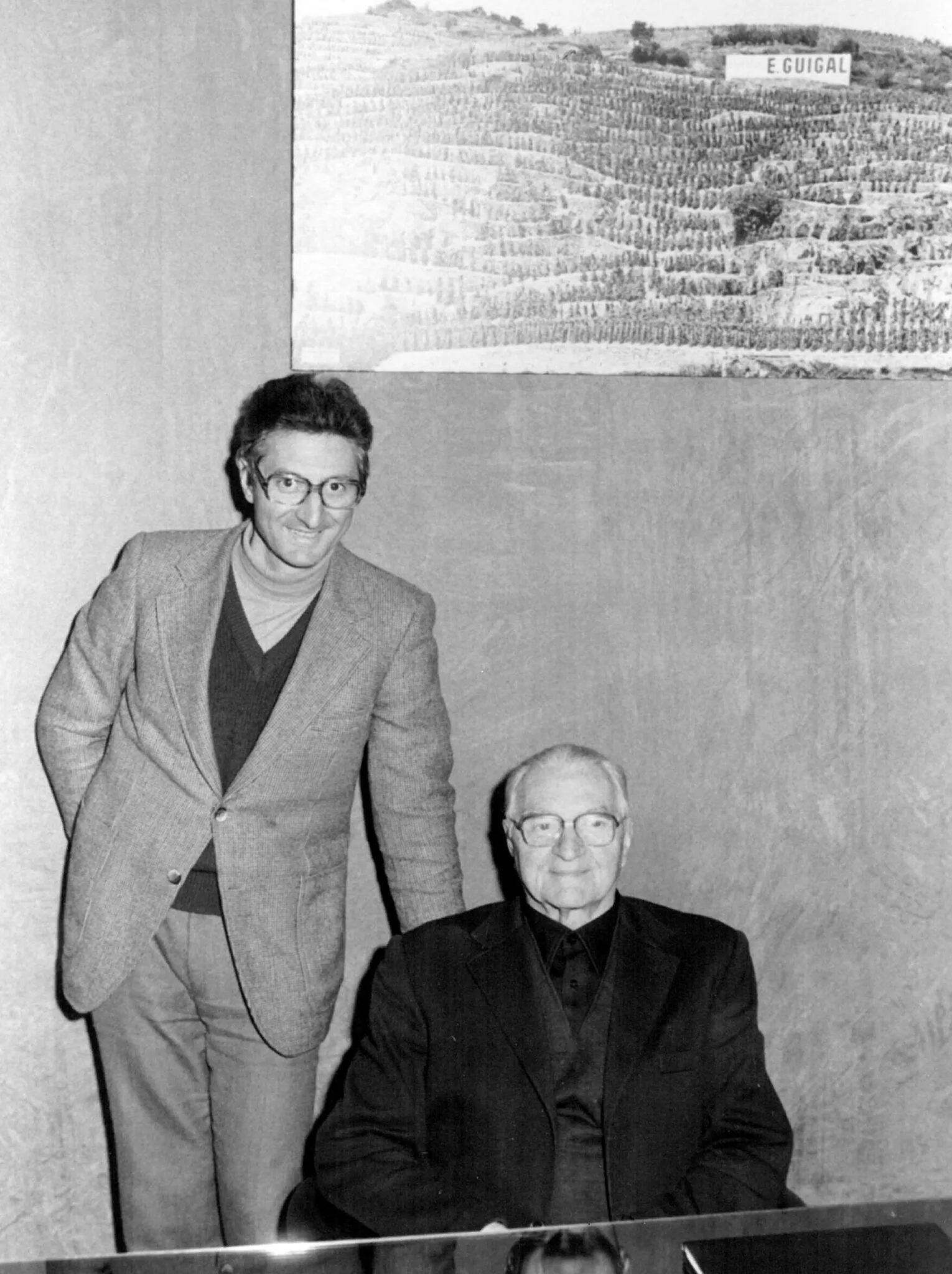

Philippe has 31 vintages under his belt – the small amount of spare time that he allows himself is dedicated to competitive ballroom dancing and antique restoration. Niche pursuits seem to strike a chord with Philippe, who argues that the Rhône’s white wines are often overlooked. ‘When people visit Guigal, they’re always excited to taste the reds. But I make a point of showing them the whites,’ says Philippe. ‘Less than 10% of Rhône wine is white, but at Guigal, the proportion is 25%.’ It’s a figure that makes Guigal the biggest white wine producer in the valley – and a figure that has been boosted by the 2017 acquisition of Châteauneuf-du-Pape producer Château Nalys, the largest producer of white wine in the AC.
The Guigals had been searching for a property in the famous southern Rhône appellation for 25 years, and despite its position next door to the vaunted Château Reyas, Philippe wasn’t initially keen on Nalys. ‘I didn’t even want to visit,’ he recalls. ‘I’d tasted the wine, and I wasn’t impressed. But we bought the terroir, not the wine.’ Nalys has since been converted to organic viticulture, and Rhône critic Jeb Dunnuck says the quality has been ‘completely transformed’ in the seven years since.
The Rhône Valley makes more wine than Burgundy, Beaujolais and Alsace combined, putting it second only to Bordeaux in terms of volume. But as Philippe readily admits, ‘It doesn’t have the magic of Burgundy or Bordeaux – yet.’ It’s a perception that he is determined to change – at both ends of the market. ‘Everyone talks about the La La wines. But 50% of our production is Côtes du Rhône – and I can tell you, it’s much more difficult to make 5 million bottles of consistent Côtes du Rhône every year than it is to make 5,000 bottles of La Mouline.’
‘We have lots of young interns who come to Guigal to gain experience, and they are always excited to go to the cellar, because think they will learn the secrets of the La Las. But there’s nothing to see there. The vinification is very boring – the wines are still made in the same way today as they were in 1966. The secrets are in the vineyard.’
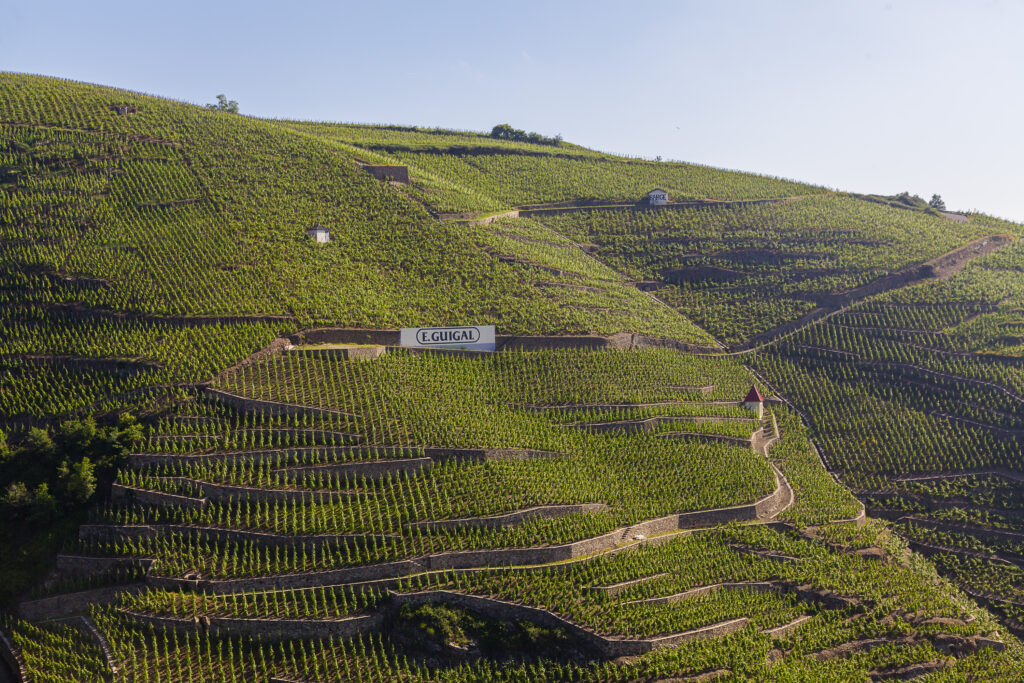

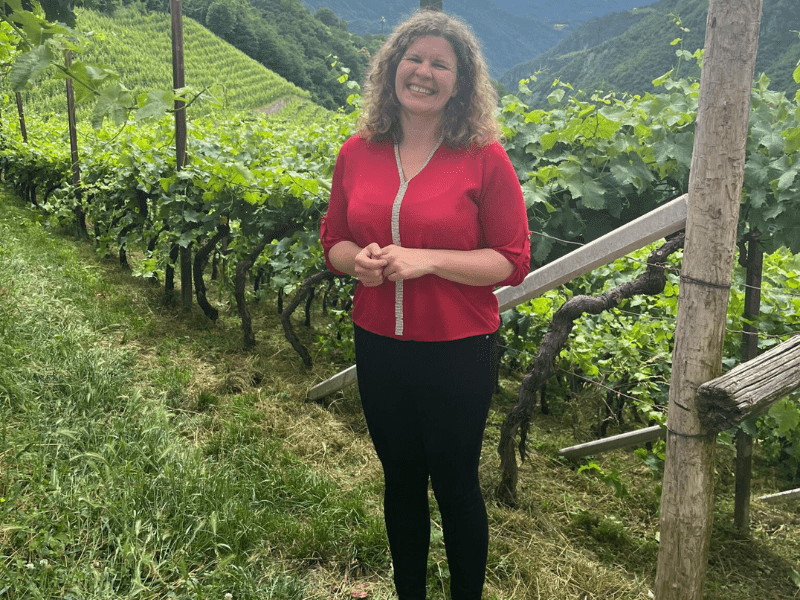

IN
THE
VINEYARD
Gump Hof, Alto Adige, Italy
